
cd_nom

| Author : E. SANSAULT - ANEPE Caudalis |
 |
To get the picture, please visit:
Eric Sansault
ANEPE Caudalis
email : inpn@mnhn.fr
Despite the Creative Commons license, please inform the author of the use which will be made of his photo
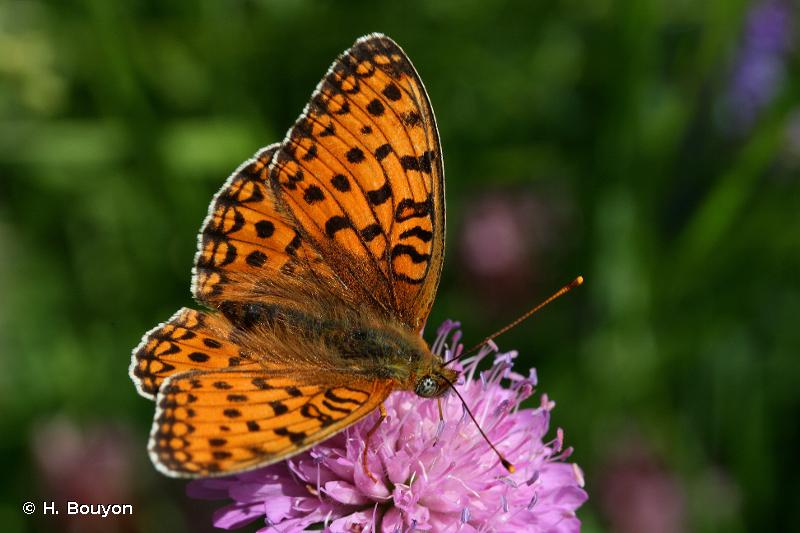
| Author : H. Bouyon |
 |
To get the picture, please visit:
Hervé BOUYON
email : herve.bouyon@wanadoo.fr
Any reuse of one or more photographs on this site is subject to an authorization request from the author.
Link to the Code of Intellectual Property (Legifrance)
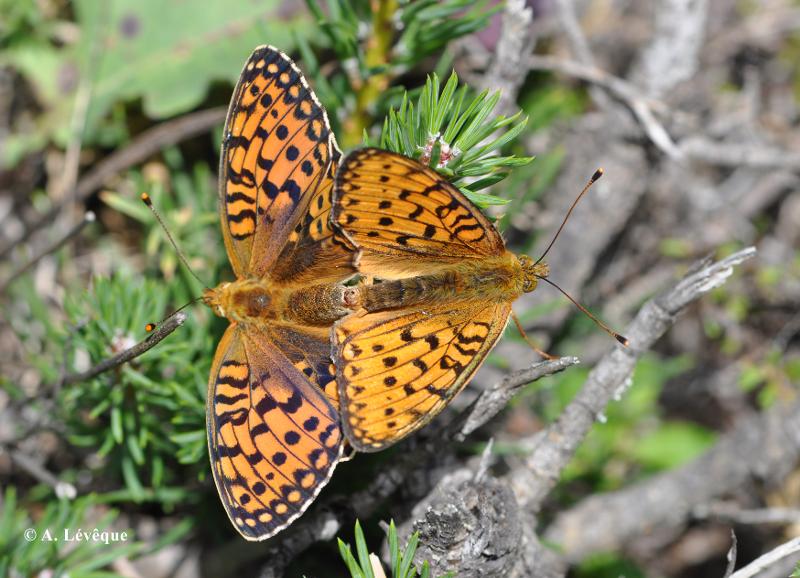
| Author : A. Lévêque |
 |
To get the picture, please visit:
Antoine Lévêque
E-mail : antoine.leveque@mnhn.fr
Despite the Creative Commons license, please inform the author of the use which will be made of his photo
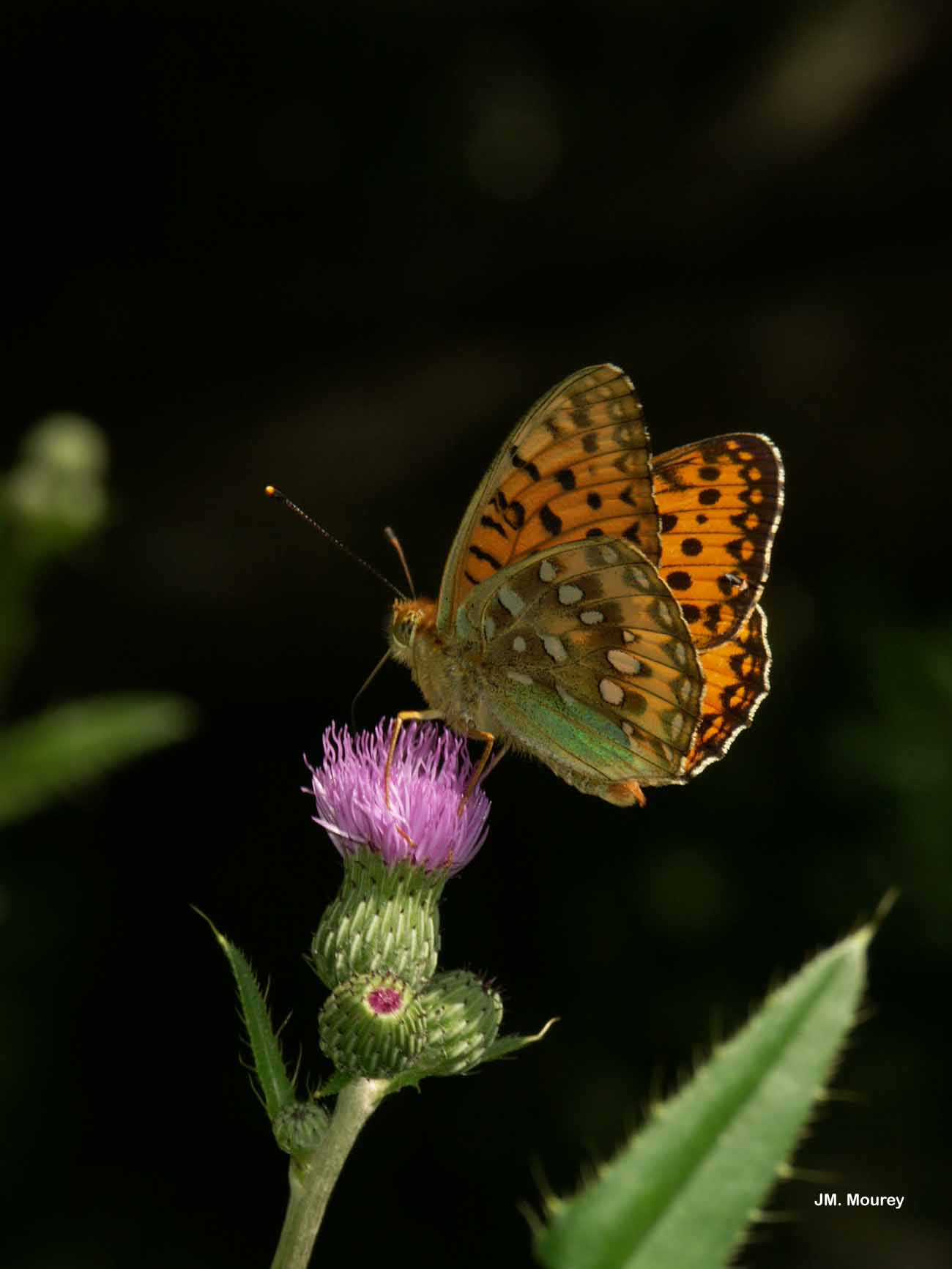
| Author : J.M. Mourey |
 |
To get the picture, please visit:
Jean-Michel MOUREY
Office National des Forêts - Direction de l'Environnement et des Risques Naturels
2 avenue de Saint-Mandé
75 012 PARIS
e-mail : jean-michel.mourey@onf.fr
Legend: Plan d'Anelle
Any reuse of one or more photographs on this site is subject to an authorization request from the author.
Link to the Code of Intellectual Property (Legifrance)
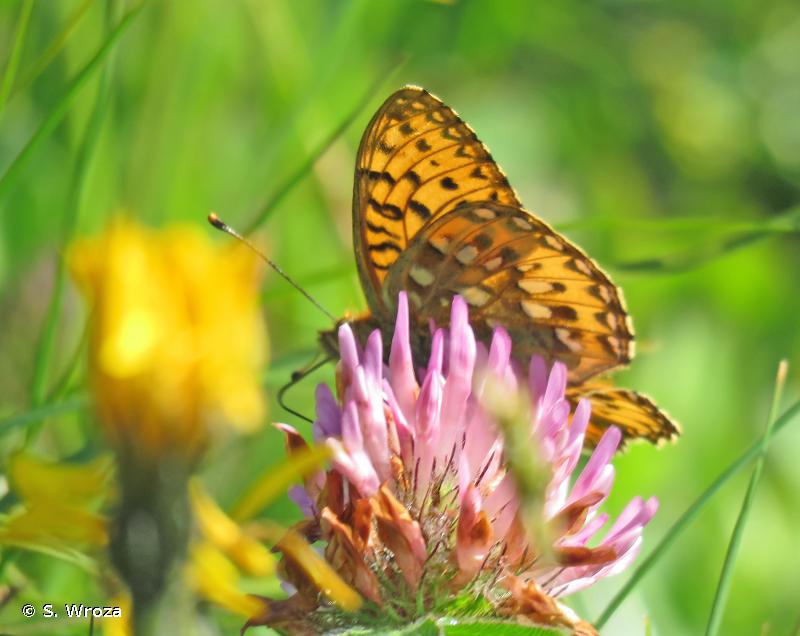
| Author : S. Wroza |
 |
Despite the Creative Commons license, please inform the author of the use which will be made of his photo
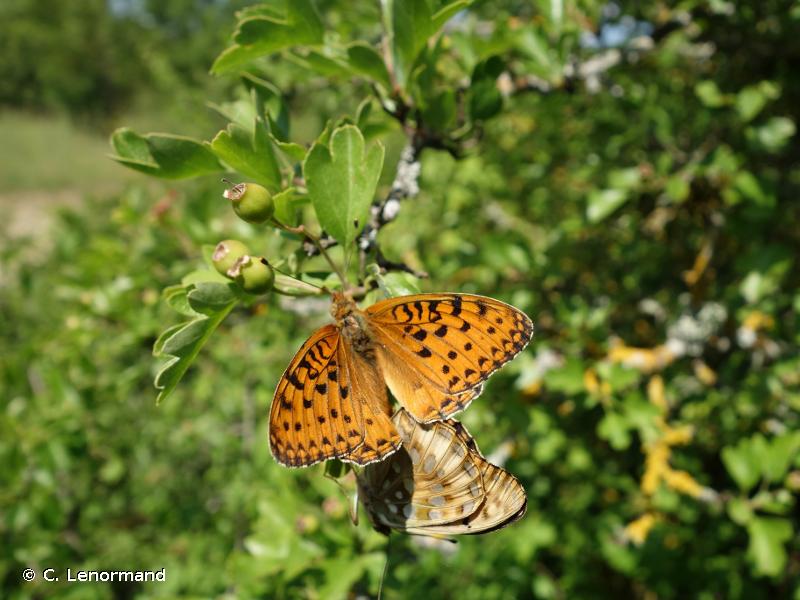
| Author : C. Lenormand |
 |
To get the picture, please visit:
Despite the Creative Commons license, please inform the author of the use which will be made of his photo
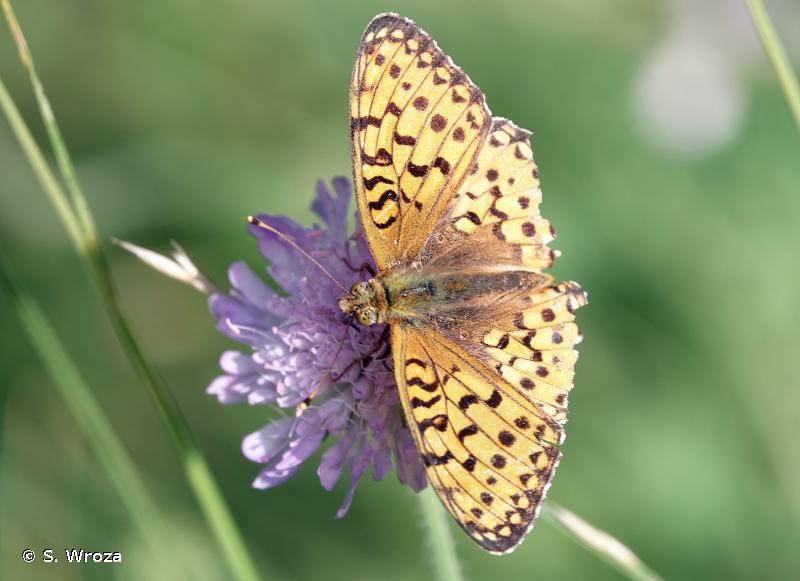
| Author : S. Wroza |
 |
Despite the Creative Commons license, please inform the author of the use which will be made of his photo
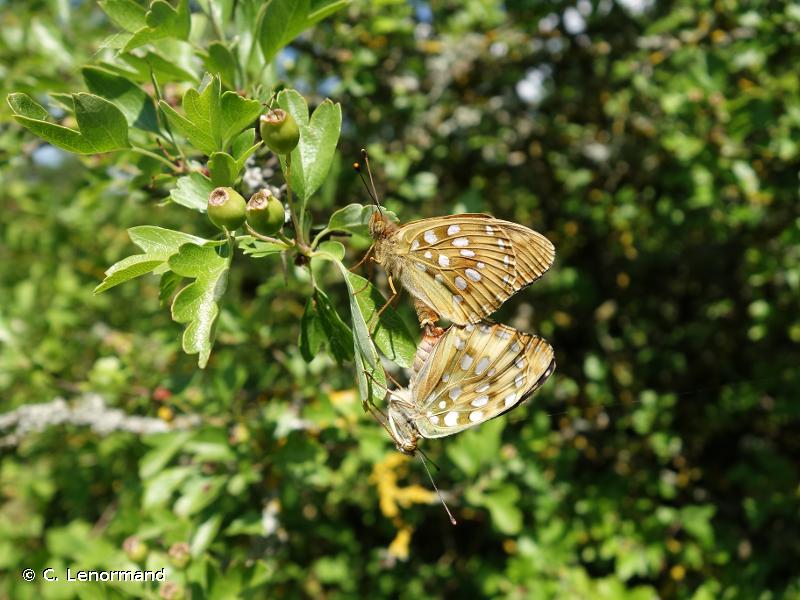
| Author : C. Lenormand |
 |
To get the picture, please visit:
Despite the Creative Commons license, please inform the author of the use which will be made of his photo
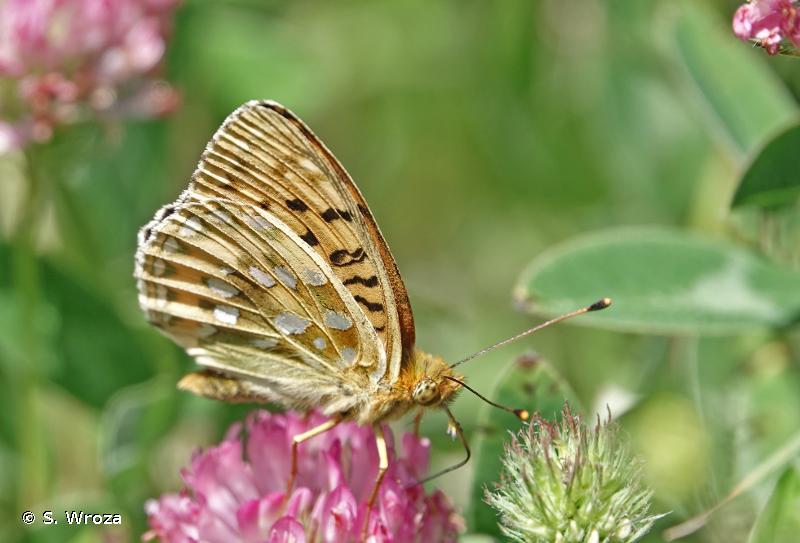
| Author : S. Wroza |
 |
Despite the Creative Commons license, please inform the author of the use which will be made of his photo
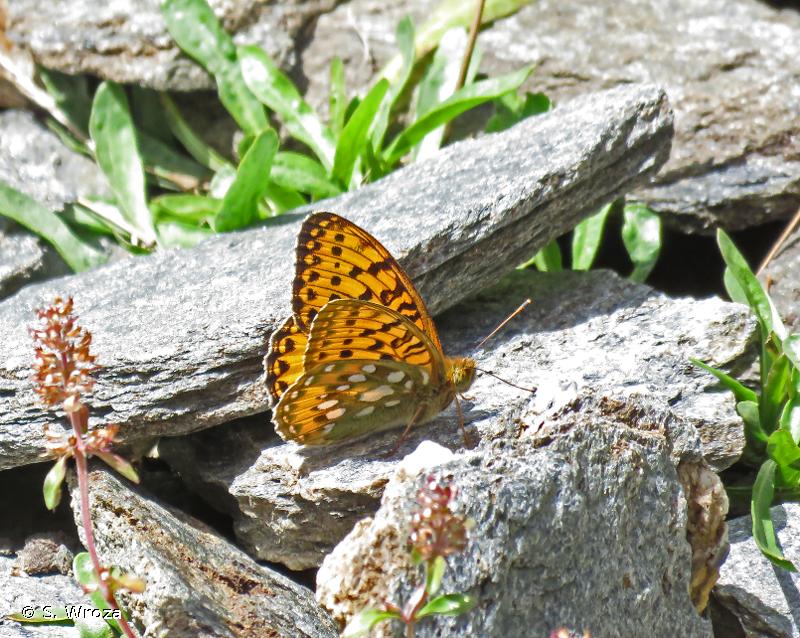
| Author : S. Wroza |
 |
Despite the Creative Commons license, please inform the author of the use which will be made of his photo
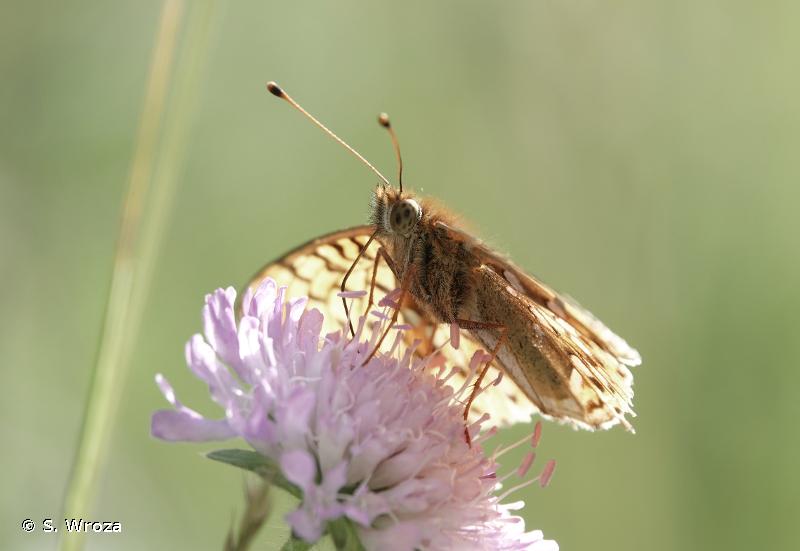
| Author : S. Wroza |
 |
Despite the Creative Commons license, please inform the author of the use which will be made of his photo
Taille :
Adulte : 50 - 60 mm
Diagnose :
Papillon de taille moyenne de couleur orange fauve vif avec des taches noires sur le dessus. Le mâle possède de fines bandes androconiales sur le dessous des ailes antérieures. Le dessous de l'aile postérieure est suffusée d'écailles vertes et présente de grandes taches argentées. La chenille est noire avec des épines noires et une ligne de points rouges sur les côtés.
Détermination :
L'adulte est moyennement difficile à reconnaître.
Espèces proches :
Il peut être confondu avec les autres Argynnes en particulier le Moyen Nacré. L'absence de points post-discaux sur le dessous de l'aile postérieure permet de les distinguer.
Période d'observation :
L'adulte est visible de mai à août.
Biologie-éthologie :
Le Grand Nacré réalise un cycle par an. La chenille se développe sur différentes espèces de Violettes principalement la Violette hérissée (Viola hirta), la Violette des marais (Viola palustris) et la Violette des bois (Viola reichenbachiana). La femelle pond les œufs un par un sur la tige de la plante hôte ou à proximité des tiges sèches près du sol.
Biogéographie et écologie :
Le Grand Nacré est une espèce holarctique présente en Amérique du Nord, en Europe et en Asie jusqu'au Japon. On le trouve dans les pelouses sèches, les prairies, les landes et les lisières de forêts mais il évite les milieux trop secs. Il vole du niveau de la mer jusqu'à 2°500 m d'altitude.
D'après
Bellmann, H. (trad. Luquet, G.), 2013. Quel est donc ce papillon ? Les guides Nathan. Paris. 449 p.
Doux Y., Gibeaux C., 2007. Les papillons de jour d'Île-de-France et de l'Oise. Biotope, Mèze. Muséum national d'Histoire naturelle, Paris. 288 p.
Lafranchis, T., Jutzeler, D., Guilloson, J.-Y., Kan, P., Kan, B. 2015. La vie des papillons. Editions Diatheo. Montpellier. 751 pp.
Lafranchis, T. 2016. Papillons de France. Editions Diatheo. Montpellier. 351 pp.
J. Ichter(),2019
Continental
Metropolitan France
Overseas
Marine
Metropolitan France
Overseas
The map presents a summary at the 10 x 10 km grid of the observation data for the species transmitted to the SINP. These data have been subjected to validation filters.
The map presents a reference distribution layer of the species at the scale of departments and marine sectors. The presence and absence data were established by expertise within a network of partners. This reference distribution is used in the validation process of the SINP data at the INPN level.
Corresponds to a report on the basis of at least one observation proved within a period of 10 years (20 years for little-known invertebrates) preceding the year and no presumption of extinction since obtaining the last data nor doubt on reproductive and implemented nature of this population. For migratory species, the presence indicated concerns areas of reproduction.
This status is based on one or more of the following criteria:
This point covers the absence, more difficult by nature to demonstrate than presence. This status is based on one or more of the following criteria:
This status must be assigned to a department in which the presence of the species is casual.
Particular case of absence due to a proven extinction less than a half century ago (older disappearances are treated as "no probable or definite").
In the state of knowledge, we can not comment on the presence or absence in the current department. This is the default status when not comprised in one of the previous categories or whenever there is doubt.
The map shows the global distribution of the species based on GBIF data (Global Biodiversity Information Facility).
